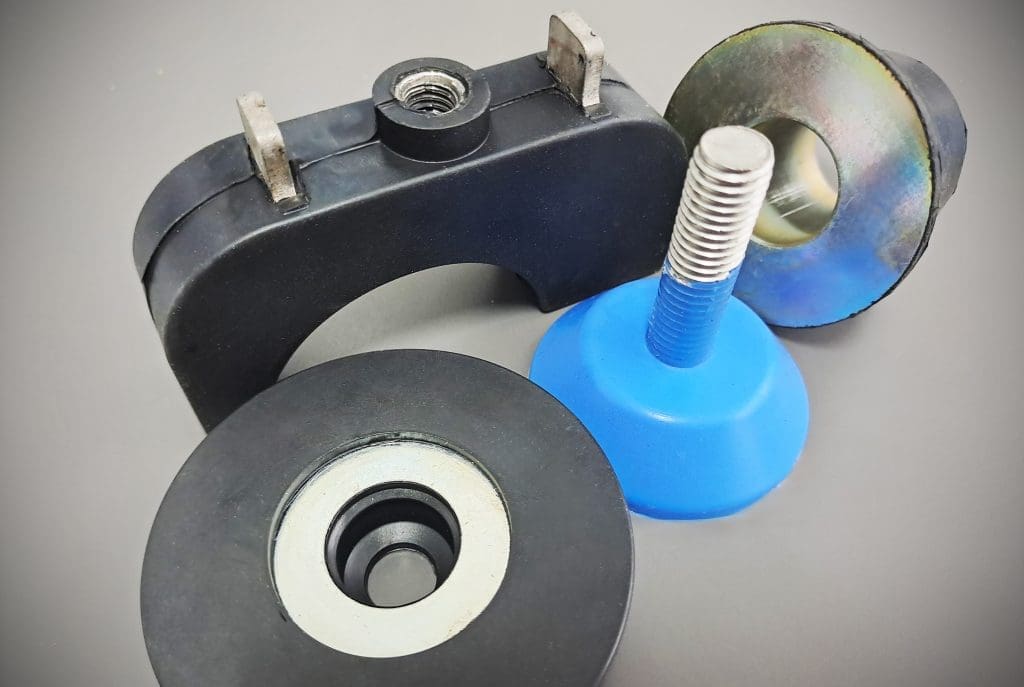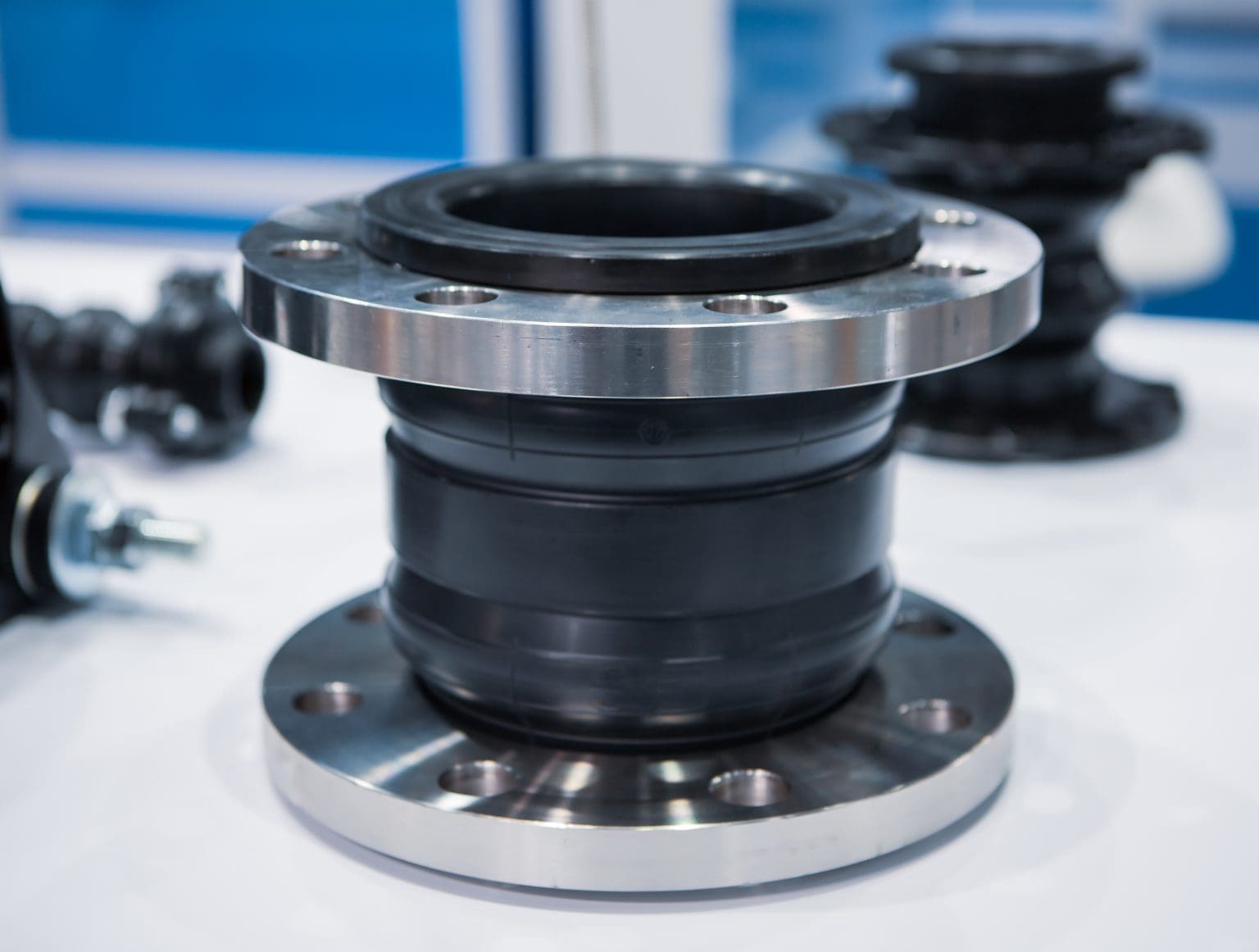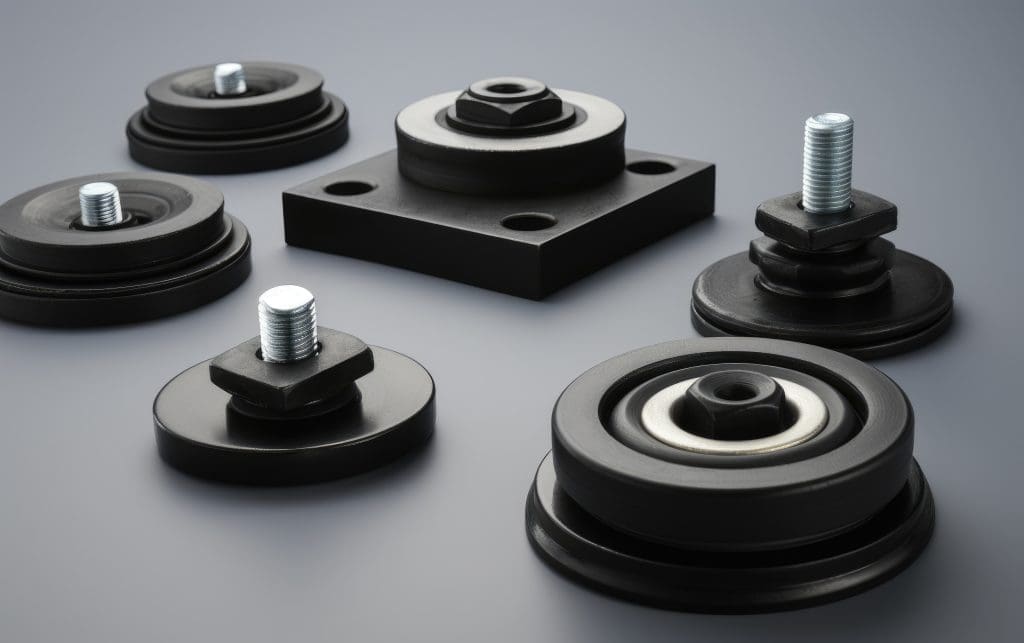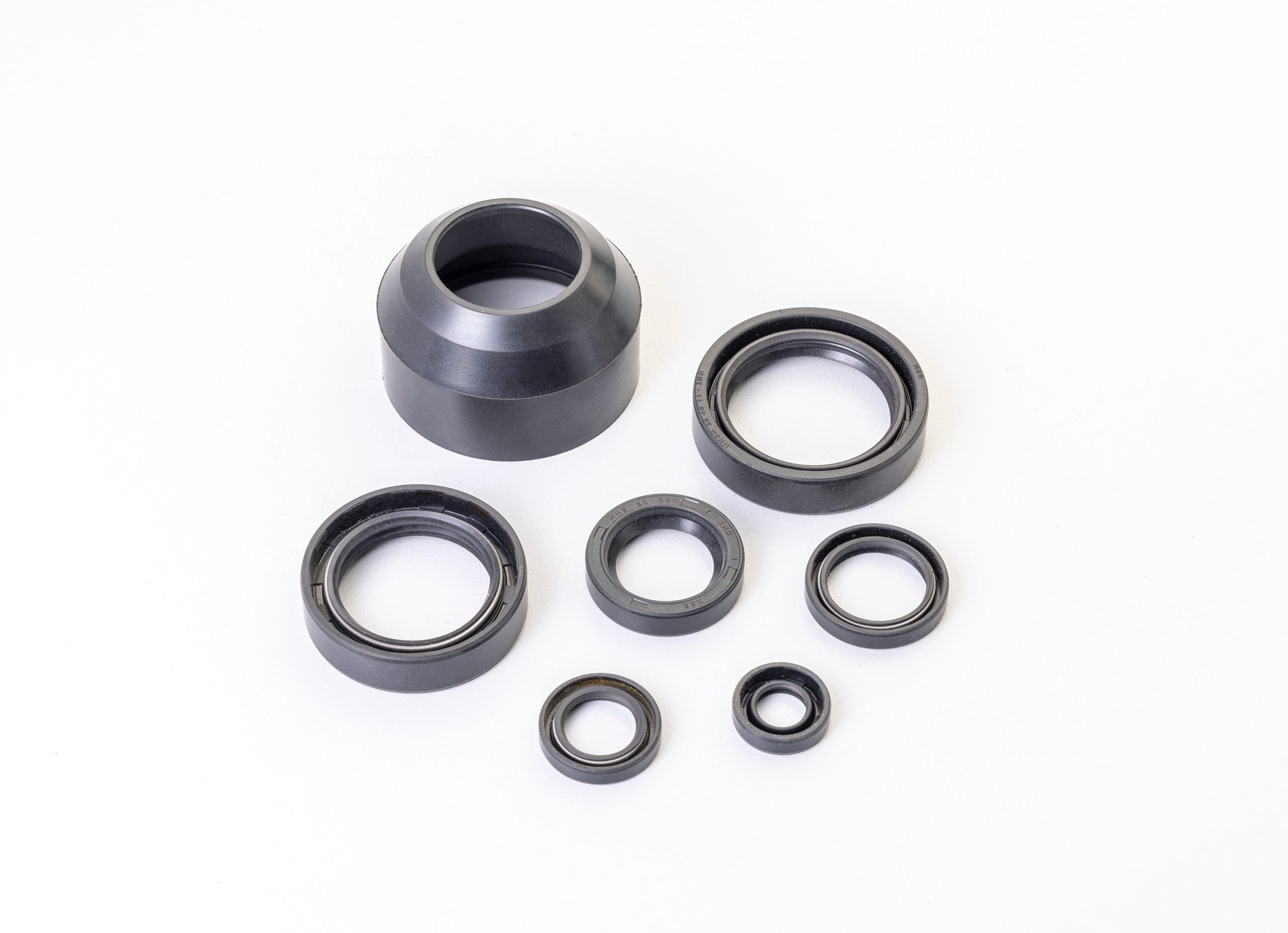From Bonding Agents to Strong Connections: Exploring Rubber to Metal Bonding
In the world of manufacturing and engineering, the ability to create a strong and reliable bond between rubber and metal is a game-changer. Rubber to metal bonding opens up a host of possibilities, enabling the creation of innovative products that combine the flexibility of rubber with the strength of metal. But what are the secrets behind this process?
In this article, we will delve into the intricate process of rubber to metal bonding and uncover the techniques and materials used to achieve these strong connections. Whether you’re an industry professional or simply curious about the technology behind everyday products, this article will provide you with a comprehensive understanding of how rubber and metal come together to form a seamless bond.
 Importance and Benefits of Rubber to Metal Bonding
Importance and Benefits of Rubber to Metal Bonding
Rubber to metal bonding is a crucial process in various industries, where the combination of rubber and metal offers unique advantages. One of the primary benefits of rubber to metal bonding is the ability to combine the flexibility and vibration resistance of rubber with the strength and stability of metal. This allows for the creation of products that can withstand extreme conditions and perform in diverse applications.
The automotive industry, for example, extensively uses rubber to metal bonding for various components such as engine mounts, suspension bushings, and sealing gaskets. These bonded parts help reduce vibrations, noise, and wear, resulting in improved vehicle performance and comfort. Rubber to metal bonding also provides excellent insulation against electrical currents, making it ideal for applications in electronics and electrical equipment.
Another significant advantage of rubber to metal bonding is the enhanced durability it offers. By creating a strong bond between rubber and metal, manufacturers can develop products that can withstand high temperatures, chemicals, and mechanical stresses. This durability is particularly valuable in industries such as aerospace, where components need to withstand extreme environments and perform reliably over extended periods.

Types of Rubber to Metal Bonding Techniques
There are various techniques available for rubber to metal bonding, each with its own advantages and limitations. One commonly used method is adhesive bonding, where a bonding agent or adhesive is applied to both the rubber and metal surfaces. The adhesive cures, creating a strong bond between the two materials.
Another technique is mechanical bonding, which involves creating interlocking features between the rubber and metal. This can be achieved through methods like moulding the rubber around metal inserts or using mechanical fasteners such as screws or rivets. Mechanical bonding provides excellent strength and stability but may result in a less flexible joint compared to adhesive bonding.
Over the years, advancements in technology have led to the development of newer techniques such as over-moulding and insert moulding. In over-moulding, a layer of rubber is moulded directly onto a metal substrate, creating a seamless bond. Insert moulding, on the other hand, involves placing metal inserts into a mould and then injecting rubber around them, forming a strong bond during the curing process.

Factors to Consider
Several factors play a critical role in the success of rubber to metal bonding. Proper surface preparation is essential to ensure optimal bonding. Both the rubber and metal surfaces need to be thoroughly cleaned and free from any contaminants such as oil, grease, or dirt. Surface roughening techniques, such as sandblasting or chemical etching, can also be employed to enhance adhesion.
The choice of bonding agent or adhesive is another crucial factor. Different types of adhesives offer varying levels of strength, flexibility, and resistance to environmental factors. The compatibility of the adhesive with the specific rubber and metal materials being bonded is essential to achieve a durable and long-lasting bond.
It is also important to consider the curing process when bonding rubber. The temperature, pressure, and time required for curing can significantly impact the bond strength and overall quality of the joint. Proper control and monitoring of these parameters are necessary to ensure consistent and reliable results.
Common Challenges in Rubber Bonding and How to Overcome Them
While rubber to metal bonding offers numerous advantages, it also presents some challenges that need to be overcome for successful bonding. One common challenge is achieving good adhesion between the rubber and metal surfaces. Contamination, improper surface preparation, or inadequate bonding agent selection can result in weak bonds or bond failure. To overcome this challenge, it is crucial to follow strict cleanliness protocols and select adhesives that are compatible with the specific materials being bonded.
Another challenge is achieving a uniform bond line thickness. Variations in the thickness of the adhesive layer can impact the joint’s strength and flexibility. Proper control of the adhesive application process and the use of precision equipment can help ensure consistent bond line thickness.
Additionally, the difference in thermal expansion between rubber and metal can pose a challenge. When exposed to temperature variations, the materials expand and contract at different rates, potentially causing stress and bond failure. To address this, engineers often design the bonded components with appropriate clearances or incorporate flexible features to accommodate thermal movements.

Applications of Bonding Rubber to Metal in Various Industries
Rubber to metal bonding finds applications in a wide range of industries, where the combination of rubber’s unique properties with the strength of metal is highly advantageous. In the automotive industry, rubber bonded components are used in engine mounts, suspension systems, steering systems, and anti-vibration mounts. These applications help improve vehicle performance, reduce noise and vibration, and enhance overall safety and comfort.
In the electronics industry, rubber to metal bonding is employed in the production of electrical connectors, switches, and seals. The flexibility and insulation properties of rubber, combined with the stability and conductivity of metal, make it an ideal choice for these applications. Rubber bonding is also widely used in the aerospace industry for components such as seals, gaskets, and vibration isolation mounts, where durability and reliability are critical.
Advancements and Innovations in Rubber to Metal Bonding Technology
As technology continues to advance, so does the field of rubber bonding. Manufacturers are constantly developing new bonding agents and adhesives that offer improved performance and durability. These advancements have led to the development of adhesives that can withstand higher temperatures, harsh chemicals, and extreme environmental conditions.
Innovations in moulding techniques have also made significant contributions to the field of rubber bonding. Over-moulding and insert moulding have become increasingly popular, enabling the creation of complex shapes and designs with seamless rubber to metal bonds. These techniques have opened up new possibilities for product design and functionality.
Furthermore, advancements in surface preparation methods have improved bonding strength and consistency. Laser surface treatment, for example, offers precise control over surface roughness and activation, resulting in enhanced adhesion between rubber and metal surfaces. These technological innovations continue to push the boundaries of rubber, allowing for the creation of increasingly reliable and high-performance products.

Best Practices for Successful Rubber Bonding
To achieve successful rubber to metal bonding, several best practices should be followed. Proper surface preparation is paramount, with thorough cleaning and removal of contaminants being essential. Surfaces should be roughened if necessary to enhance adhesion, and primers or bonding agents should be applied according to manufacturer recommendations.
Careful selection of bonding agents or adhesives is crucial. Compatibility with the specific rubber and metal materials being bonded, as well as the intended application, should be considered. Adhesive curing conditions, including temperature, pressure, and time, should be carefully controlled to ensure optimal bond strength and integrity.
Quality control measures, such as regular testing and inspection of bonded components, should be implemented to identify any potential issues early on. This allows for timely corrections and ensures the production of high-quality bonded products.
Real-world examples
There are endless real-world examples of the capabilities and benefits of the rubber to metal bonding process. One such example is in the production of anti-vibration mounts for heavy machinery. By bonding rubber to metal, these mounts effectively isolate vibrations, reducing wear and tear on the machinery and improving overall performance and longevity.
In the automotive industry, rubber to metal bonding is employed in the manufacturing of suspension bushings. These bonded components help absorb shocks and vibrations, resulting in a smoother and more comfortable ride for the occupants. Rubber bonding also plays a crucial role in sealing applications, such as the production of gaskets, where the combination of rubber’s flexibility and metal’s stability ensures a reliable and long-lasting seal.

Conclusion
Rubber to metal bonding is a fascinating process that combines the unique properties of rubber and metal to create innovative and reliable products. From automotive components to electrical connectors, the possibilities are endless. By understanding the importance of surface preparation, the various bonding techniques available, and the challenges involved, manufacturers can achieve successful rubber to metal bonds.
Advancements in technology and ongoing innovations continue to push the boundaries of rubber bonding. With the development of new bonding agents, improved moulding techniques, and surface preparation methods, the future of rubber to metal bonding looks promising. As industries evolve and demand for high-performing products increases, rubber to metal bonding will undoubtedly play a crucial role in meeting these challenges head-on.
For more information about rubber to metal bonding or to discuss and upcoming requirement contact one of our experts today.

 Importance and Benefits of Rubber to Metal Bonding
Importance and Benefits of Rubber to Metal Bonding